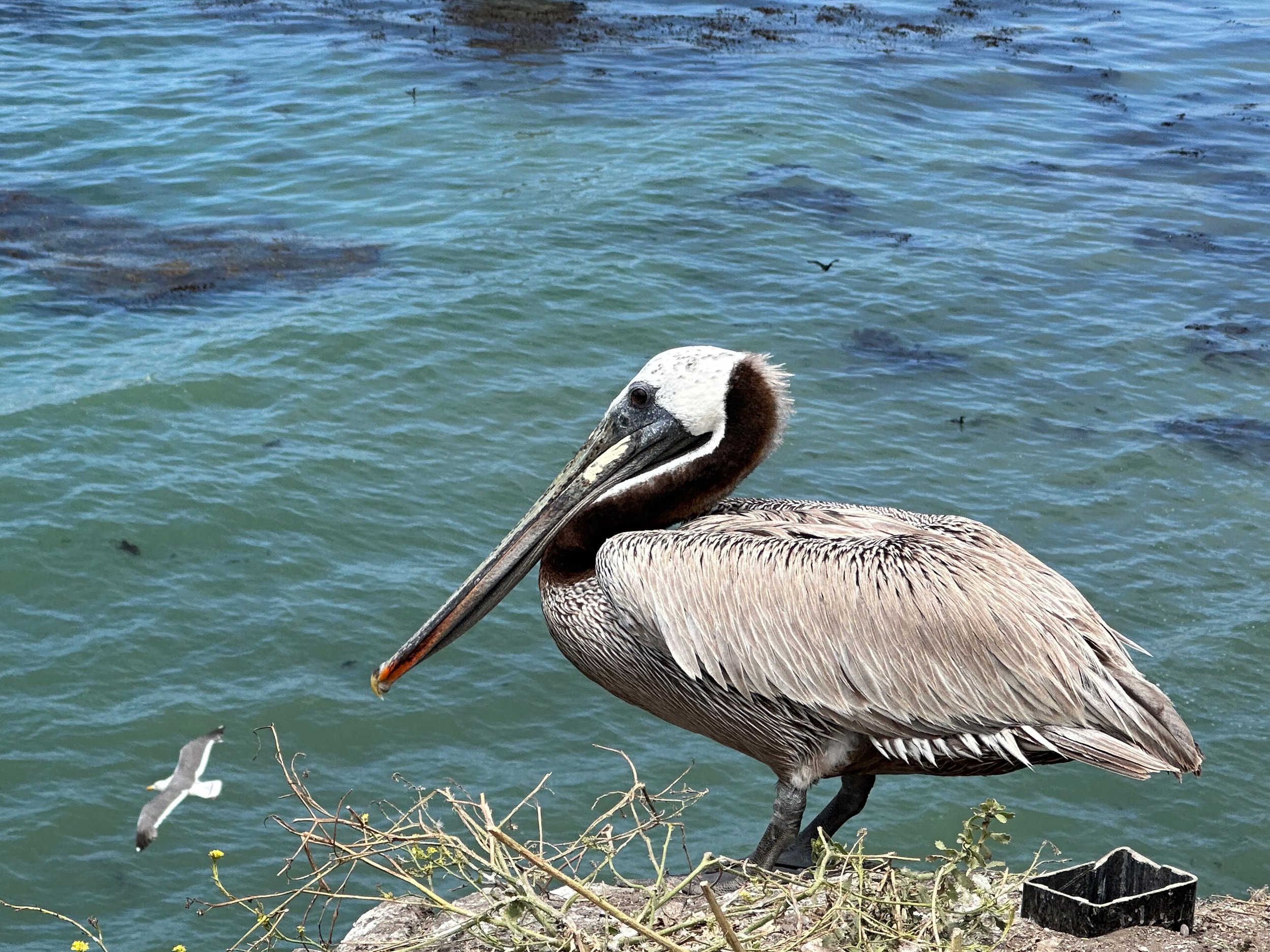There is a lot of confusion about how to define food systems, let alone what to call them. People refer to them in many different ways. Is it singular or plural? Are they local or global? Should there be an “a” or a “the” in front of it/them? I appreciate this delineation of names and definitions by Kelly Parsons and Corinna Hawkes:
The Food System: the interconnected system of everything and everybody that influences, and is influenced by, the activities involved in bringing food from farm to fork and beyond.
A Food System: the food system in a specific locality or context.
Food Systems: The totality of different types of food systems in different localities and contexts (i.e. multiple forms of “a food system”). This idea of multiple food systems acknowledges the huge diversity of food systems at different scales with differing characteristics. For example, industrial systems at a global scale and alternative systems at a local scale.
Then there is the referring to food systems as “our food systems.” Hmm. This possessive stance is problematic because, in reality, we, the eaters (which, by the way, is everyone in the world), don’t own these systems. That is very clear with the plethora of research showing that if anyone owns them, it is the large, trans-national companies also known as big food or big ag, that control a good portion of inputs, land, crops, and the processing, distribution and retail of foods and beverages sold around the world. So maybe we need to stop using the term “our food system”, or contrary, let’s start a movement and take back food systems and ensure they are doing what we want them to do — be good for both eaters and the planet.,









